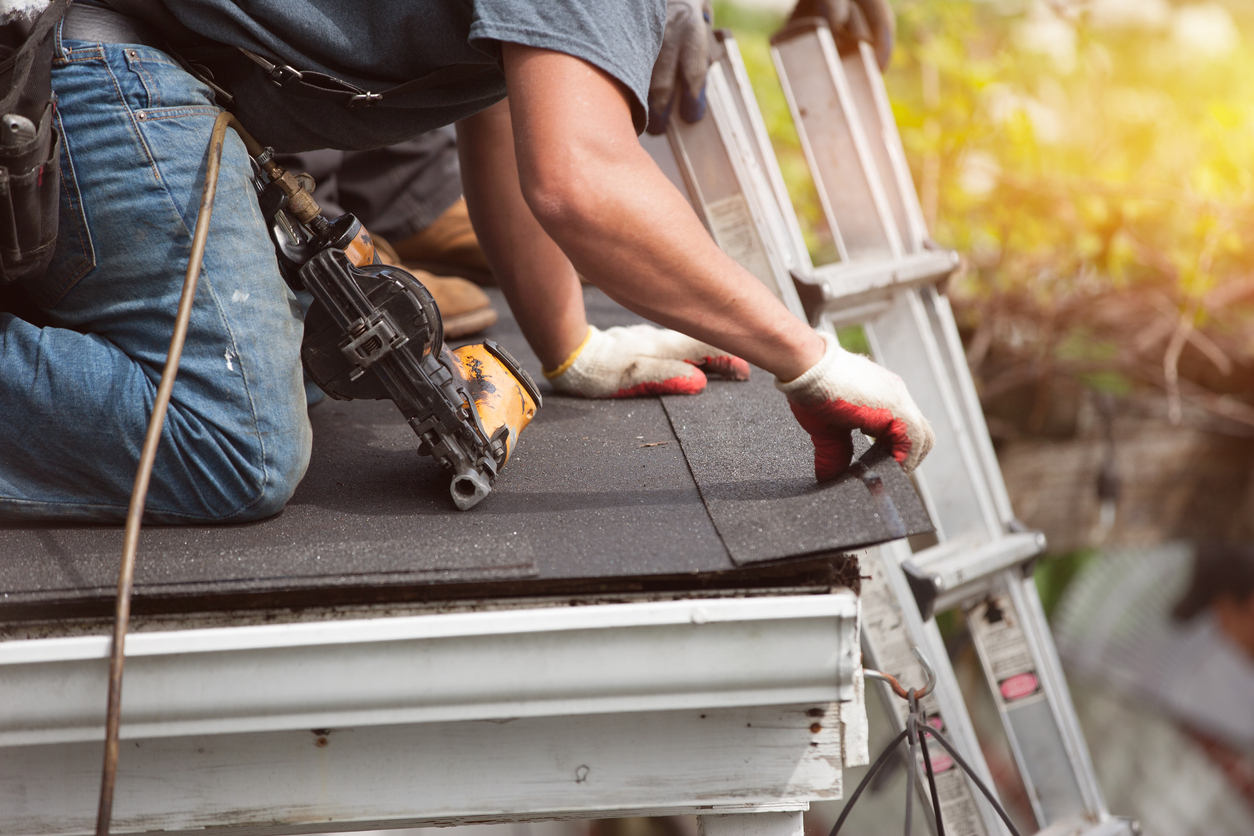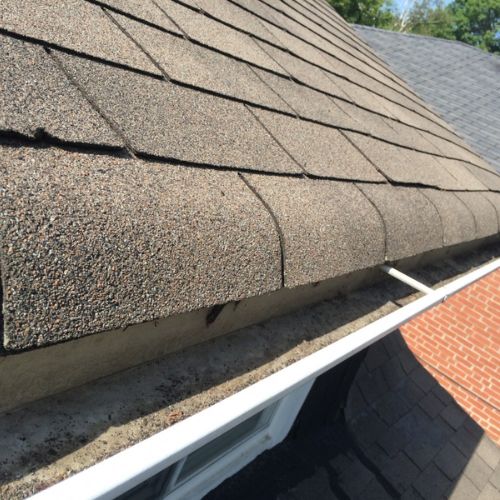Key Factors To Consider for an Effective Roofing System Setup: Achieving Longevity and Effectiveness
In starting the trip of roof setup, one need to prioritize essential factors to consider to make sure both longevity and effectiveness. The choice of materials, tailored to withstand regional environment conditions, plays a pivotal duty in preserving structural honesty. Similarly vital is the layout, which should fit correct water drain and provide appropriate support. Furthermore, embracing finest methods throughout installment can considerably reduce potential problems such as moisture build-up and energy inadequacy. As we check out these aspects, it becomes evident that a successful roof covering installment is not merely about covering a framework however about crafting a resistant and lasting service. What are the important aspects that absolutely make a difference?
Choosing the Right Products

Environment plays a pivotal duty in product option. In regions vulnerable to heavy rainfall or snow, materials like asphalt shingles or steel roof with high water resistance are recommended. Alternatively, in hot climates, products with reflective residential properties, such as awesome roofing membrane layers or ceramic tiles, can help in reducing energy expenses by dispersing sunshine.
Spending plan considerations additionally influence material option. While premium products like slate or clay tiles offer resilient efficiency, they come with higher ahead of time costs. They can prove cost-effective over time due to their very little maintenance requirements and expanded life-span.
Lastly, the building style of the building must balance with the roof product. For example, standard homes might benefit from wooden shingles, whereas modern-day structures may go with sleek metal finishes. By thoroughly considering these factors, you can select products that line up with both practical and visual goals.

Understanding Roofing System Style
Comprehending roof style is vital in achieving a well-functioning and visually pleasing structure. The style of a roofing influences not just the aesthetic allure but likewise the structural honesty and performance of the building. A thoughtfully created roof covering can boost the total architectural design while making certain reliable drainage, insulation, and air flow.
Crucial element of roof design include the pitch, form, and architectural support group. The pitch, or incline, establishes how successfully water and debris are dropped from the roof covering surface area, impacting the life expectancy of roof products. Usual roofing system shapes consist of gable, hip, flat, and mansard, each offering unique advantages and visual qualities. For example, saddleback roofs are popular for their simpleness and efficient water shedding, while hip roofing systems supply exceptional security in high wind areas.
Structural support systems, such as trusses and rafters, are essential in distributing weight and preserving the roof covering's stability. Proper design makes sure that the roofing can endure ecological tons and stand up to deformation. Additionally, integrating attributes like overhangs and eaves can protect the building's façade and improve power efficiency by offering color and lowering heat gain.
Inevitably, a well-considered roof covering layout equilibriums develop, function, and toughness, contributing to the long-term success of the installation.
Environment Factors To Consider

In warm and warm environments, roof covering materials must mirror, instead than soak up, solar warmth to keep energy efficiency and prevent excessive thermal development, which can cause product deterioration - Keep Dry Roofing St Peters MO. On the other hand, in chillier regions, products should supply adequate insulation to avoid heat loss and stand up to freeze-thaw cycles that can trigger splitting and other architectural issues
Moreover, the selection of shade and finishing can substantially affect a roofing's thermal efficiency, especially in locations with extreme temperature level variants. Regional building regulations commonly use assistance on ideal materials and designs, reflecting regional climate worries. Consequently, a comprehensive understanding of climatic problems is important for selecting materials and designs that guarantee a roofing system's ideal efficiency over its lifespan.
Installation Best Practices
Reliable roof installation is a critical part of making sure long-lasting resilience and performance. Utilizing top notch roof shingles, underlayment, and blinking tailored to the certain environment and structure design will certainly enhance the roof's durability.
Similarly essential is the preparation of the roofing deck. Making sure that the deck is tidy, dry, and structurally sound prior to installation protects against difficulties such as leaks and early wear. Proper air flow is another vital factor to consider, as it mitigates wetness build-up and thermal tension, thus prolonging the roof covering's life expectancy.
Precision in dimension and placement throughout the installment procedure is essential. This involves precise placement of tiles and precise interest to overlapping, which avoids water ingress. Employing professional, competent labor ensures these requirements are fulfilled, lowering the danger of mistakes that might compromise the roof's efficiency.
Power Effectiveness Strategies
Enhancing a roof covering's energy efficiency is a calculated consideration for reducing energy prices and environmental influence. By check here choosing suitable products and technologies, home owners and builders can significantly boost the thermal efficiency of a roofing system, thus reducing power intake.
Additionally, the consolidation of sufficient insulation is crucial in protecting against heat transfer between the interior and exterior of a structure. Insulation materials with high site web R-values, such as spray foam or rigid foam boards, work in maintaining a constant indoor temperature level, thereby maximizing cooling and heating system efficiency.
Furthermore, the integration of solar panels on rooftops not only generates renewable resource yet can additionally give color, additional minimizing warm gain (Keep Dry Roofing St Peters MO). Advancements like trendy roof coverings, which make use of finishes to show more sunlight, are also gaining popularity for their capacity to lower roofing temperatures
Conclusion
To conclude, attaining an effective roofing system installation demands a detailed method that integrates the selection of high-quality products tailored to specific weather conditions, thoughtful layout why not try this out factors to consider for optimal water drainage and structural honesty, and adherence to careful installation techniques. These aspects collectively make certain the avoidance of moisture build-up and thermal tension, therefore improving the roof's longevity and effectiveness. Including techniques to boost energy efficiency additionally adds to minimizing maintenance demands and decreasing energy usage over the roof's life expectancy.